Xyhor-astronomy - Xpand Your Horizons W/ Astronomy & Spacefaring

More Posts from Xyhor-astronomy and Others

A false-color image of the mid-infrared emission from the Great Galaxy in Andromeda, as seen by Nasa’s WISE space telescope.
Credit: NASA/JPL-Caltech/WISE Team

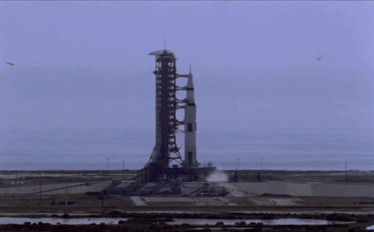
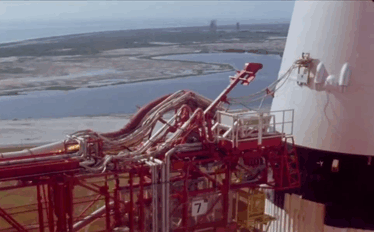
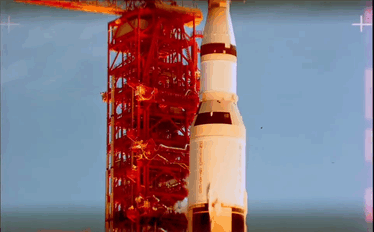
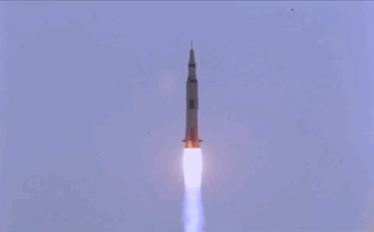
Apollo 11 Launch
Coffee in Space: Keeping Crew Members Grounded in Flight
Happy National Coffee Day, coffee lovers!
On Earth, a double shot mocha latte with soymilk, low-fat whip and a caramel drizzle is just about as complicated as a cup of coffee gets. Aboard the International Space Station, however, even just a simple cup of black coffee presents obstacles for crew members.

Understanding how fluids behave in microgravity is crucial to bringing the joys of the coffee bean to the orbiting laboratory. Astronaut Don Pettit crafted a DIY space cup using a folded piece of overhead transparency film. Surface tension keeps the scalding liquid inside the cup, and the shape wicks the liquid up the sides of the device into the drinker’s mouth.

The Capillary Beverage investigation explored the process of drinking from specially designed containers that use fluid dynamics to mimic the effect of gravity. While fun, this study could provide information useful to engineers who design fuel tanks for commercial satellites!

The capillary beverage cup allows astronauts to drink much like they would on Earth. Rather than drinking from a shiny bag and straw, the cup allows the crew member to enjoy the aroma of the beverage they’re consuming.

On Earth, liquid is held in the cup by gravity. In microgravity, surface tension keeps the liquid stable in the container.

The ISSpresso machine brought the comforts of freshly-brewed coffees and teas to the space station. European astronaut Samantha Cristoforetti enjoyed the first cup of espresso brewed using the ISSpresso machine during Expedition 43.


Now, during Expedition 53, European astronaut Paolo Nespoli enjoys the same comforts.

Astronaut Kjell Lindgren celebrated National Coffee Day during Expedition 45 by brewing the first cup of hand brewed coffee in space.

We have a latte going on over on our Snapchat account, so give us a follow to stay up to date! Also be sure to follow @ISS_Research on Twitter for your daily dose of space station science.
Make sure to follow us on Tumblr for your regular dose of space: http://nasa.tumblr.com.
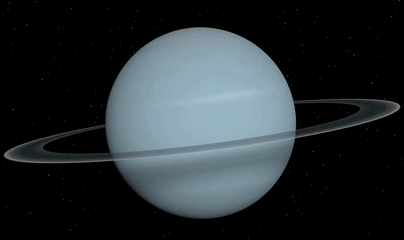
Planet Uranus ♅
Equatorial Diameter: 51.118 km
Satellites: 27
Notable satellites: Oberon, Titania, Miranda, Ariel & Umbriel
Orbit Distance: 2.870.658.186 km (19 AU)
Orbit Period: 84 Earth years
Surface Temperature: -220°C
Discovered Date: March 13th 1781
Discovered By: William Herschel
Image credit: Oscar Malet

NASA’s Juno Probe Returns Stunning New Image of Jupiter
http://www.sci-news.com/space/juno-image-jupiter-05256.html


Solar ❤
Flying Monsters of Scorpius | Yuriy Toropin
If we ever want a long-distance relationship with aliens, they have to be able to find us.
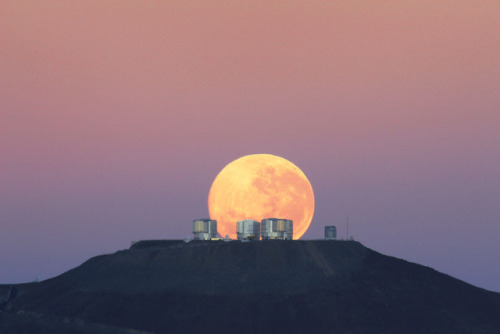
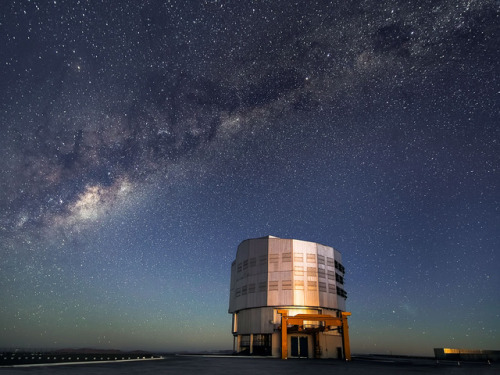
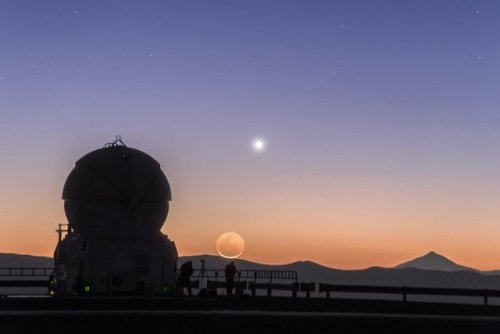
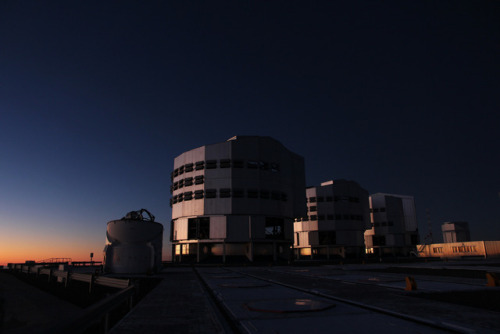
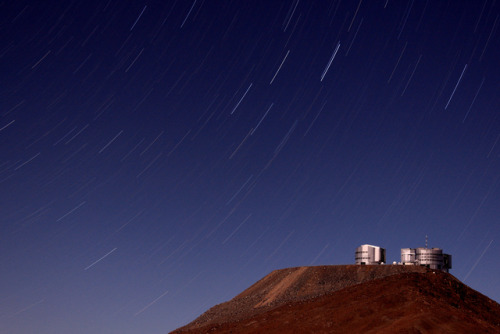
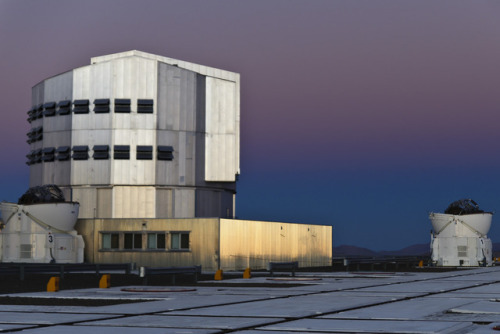
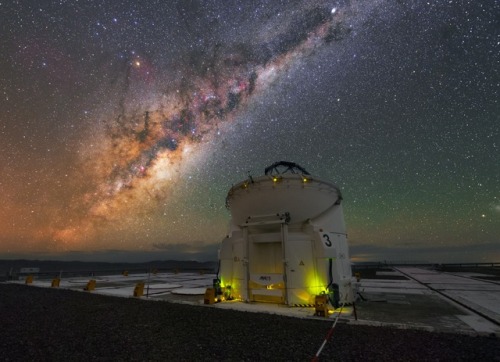
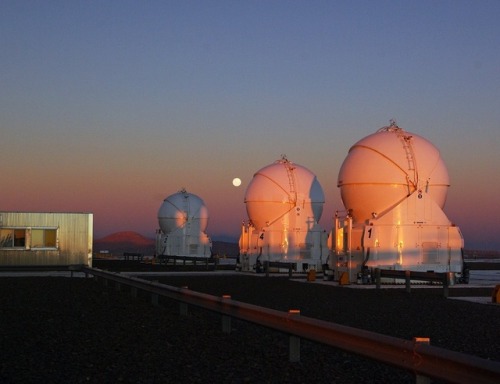
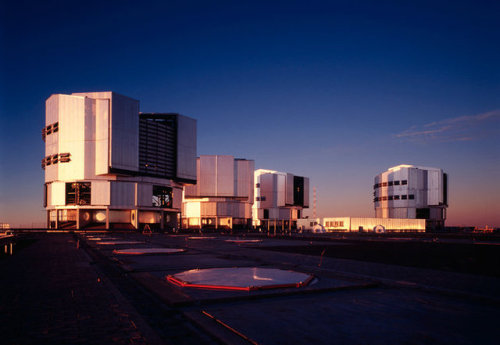
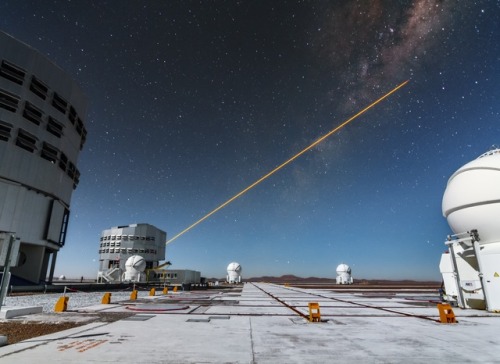
Very Large Telescope (VLT)
The Very Large Telescope (VLT) it is the world’s most advanced optical instrument, consisting of four Unit Telescopes with main mirrors of 8.2m diameter and four movable 1.8m diameter Auxiliary Telescopes.
The telescopes can work together, to form a giant ‘interferometer’, the ESO Very Large Telescope Interferometer, allowing astronomers to see details up to 25 times finer than with the individual telescopes. The light beams are combined in the VLTI using a complex system of mirrors in underground tunnels where the light paths must be kept equal to distances less than 1/1000 mm over a hundred metres. With this kind of precision the VLTI can reconstruct images with an angular resolution of milliarcseconds, equivalent to distinguishing the two headlights of a car at the distance of the Moon.
The 8.2m diameter Unit Telescopes can also be used individually. With one such telescope, images of celestial objects as faint as magnitude 30 can be obtained in a one-hour exposure. This corresponds to seeing objects that are four billion (four thousand million) times fainter than what can be seen with the unaided eye.
Source & images: eso.org

Planet Neptune, observed by the Voyager 2 space probe, August 25, 1989.
(NASA)
-
 scopophilic1997 liked this · 2 years ago
scopophilic1997 liked this · 2 years ago -
 mysticalenthusiastcandy liked this · 2 years ago
mysticalenthusiastcandy liked this · 2 years ago -
 ultradeepstarlightcollector liked this · 2 years ago
ultradeepstarlightcollector liked this · 2 years ago -
 paulfe liked this · 2 years ago
paulfe liked this · 2 years ago -
 neurokem reblogged this · 5 years ago
neurokem reblogged this · 5 years ago -
 margot3000-blog reblogged this · 7 years ago
margot3000-blog reblogged this · 7 years ago -
 iosonoalessandro liked this · 7 years ago
iosonoalessandro liked this · 7 years ago -
 u-s-r liked this · 7 years ago
u-s-r liked this · 7 years ago -
 allecksays liked this · 7 years ago
allecksays liked this · 7 years ago -
 sirboopen liked this · 7 years ago
sirboopen liked this · 7 years ago -
 leow1-blog liked this · 7 years ago
leow1-blog liked this · 7 years ago -
 gnostix1 liked this · 7 years ago
gnostix1 liked this · 7 years ago -
 xyhor-astronomy reblogged this · 7 years ago
xyhor-astronomy reblogged this · 7 years ago -
 the-tired-cryptid liked this · 7 years ago
the-tired-cryptid liked this · 7 years ago -
 mariam1467-blog liked this · 7 years ago
mariam1467-blog liked this · 7 years ago -
 mystical80-blog liked this · 7 years ago
mystical80-blog liked this · 7 years ago -
 queenofawkward-ness liked this · 7 years ago
queenofawkward-ness liked this · 7 years ago -
 hairbuddha480-blog liked this · 7 years ago
hairbuddha480-blog liked this · 7 years ago -
 quantum-mecha reblogged this · 7 years ago
quantum-mecha reblogged this · 7 years ago -
 valleyg0th liked this · 7 years ago
valleyg0th liked this · 7 years ago -
 thatgirlkannh reblogged this · 7 years ago
thatgirlkannh reblogged this · 7 years ago -
 ferretdee reblogged this · 7 years ago
ferretdee reblogged this · 7 years ago -
 ferretdee liked this · 7 years ago
ferretdee liked this · 7 years ago -
 celestialworm reblogged this · 7 years ago
celestialworm reblogged this · 7 years ago -
 rutobuka2 liked this · 7 years ago
rutobuka2 liked this · 7 years ago -
 airnomadthot liked this · 7 years ago
airnomadthot liked this · 7 years ago -
 rthrmrgn reblogged this · 7 years ago
rthrmrgn reblogged this · 7 years ago -
 onelascivious reblogged this · 7 years ago
onelascivious reblogged this · 7 years ago -
 siruannika reblogged this · 7 years ago
siruannika reblogged this · 7 years ago -
 intheskywithmee liked this · 7 years ago
intheskywithmee liked this · 7 years ago -
 ofthe33rddegree liked this · 7 years ago
ofthe33rddegree liked this · 7 years ago -
 herodesdf liked this · 7 years ago
herodesdf liked this · 7 years ago -
 quantum-mecha liked this · 7 years ago
quantum-mecha liked this · 7 years ago
For more content, Click Here and experience this XYHor in its entirety!Space...the Final Frontier. Let's boldly go where few have gone before with XYHor: Space: Astronomy & Spacefaring: the collection of the latest finds and science behind exploring our solar system, how we'll get there and what we need to be prepared for!
128 posts